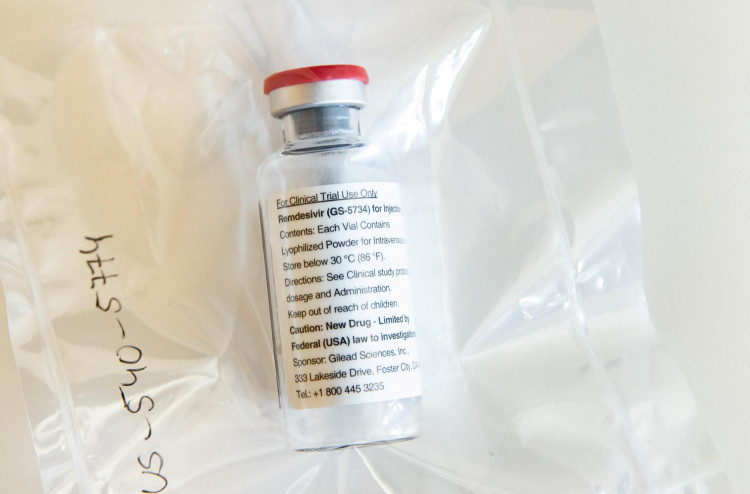Chemists at the University of Glasgow have developed software for "chemputers" that can read chemical equations to produce molecules for disease curing drugs like remdesivir.
The software developed by professor Lee Cronin, Regius Chair of Chemistry at the School of Chemistry at the university, and his colleagues translates a chemist's equations into recipes for molecules a chemputer, or chemical computer, can understand and execute.
Their software transforms academic papers into chemputer-executable programs researchers can edit without learning to code. Central to Cronin's work is "XDL."
Cronin, who heads the Cronin Group at the university, describes XDL as a chemical description language that tells a computer what to do. By way of analogy, XDL is to a chemputer as HTML is to a browser.
Specifically, XDL directs the chemputer to execute mechanical actions with its heaters and test tubes. The "X" in XDL is pronounced "kai" after the first letter in the Greek word for chemistry.
In addition, Cronin and his team developed software called "SynthReader" that scans chemical recipes in peer-reviewed literature. SynthReader uses natural language processing to pick out verbs like "add" and "stir'' and other details. The system then translates those instructions into XDL.
It allows chemists to edit the chemical protocol in plain English. This advantage lets researchers operate a chemputer with little training.
Cronin and his team hope their work will enable what they describe as "Spotify for chemistry." This refers to an online repository of downloadable recipes for important molecules they say could help developing countries more easily access medications. This repository will enable more efficient international scientific collaboration.
Researchers have tested their system and reported extracting 12 demonstration recipes from the chemical literature, such as the anesthetic lidocaine. They said the system allowed the chemputer to carry on at efficiencies similar to those of human chemists.
Cronin established a company called Chemify to sell the chemputers and the XDL package. He also posted free instructions online for building and programming the chemputer.
Researchers said their system was already making inroads in chemistry. In May last year they installed a prototype at the pharmaceutical company GlaxoSmithKline PLC.
Cronin announced their achievement in the journal "Science." Cronin and his team, however, are only one of dozens of groups across academia and industry racing to bring chemistry into the digital age.






